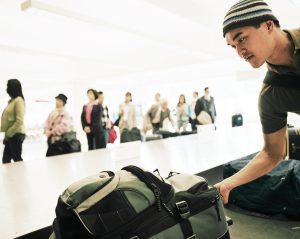July 2017
Resolution 753 introduction
IATA and Airlines for America have launched a year-long global campaign related to baggage tracking, with the goal of reducing mishandled bags in addition to increasing efficiency in baggage operations.
Annually, more than 4bn bags are carried by airlines globally although fewer than 0.43% do not actually arrive with their owners. The industry is determined to do even better and to that end has agreed on Resolution 753. By June 2018 airlines have committed to being able to track a bag when it is accepted at the airport, loaded on to an aircraft, transferred to the arrival system or put into the transfer system for carriage by another airline. Airlines should also be able to share this tracking information with interline carriers as needed.
“Arriving without a bag is a very frustrating experience for our customers. Over the last decade we have reduced mishandled baggage by 54% with improved processes. The next step is to realise the full benefits of baggage tracking to further improve performance. In the rare cases when a bag does not arrive with the passenger there will be much more information available to facilitate a quicker reunion. And the benefits don’t stop there. Tracking bags will enable proactive reporting, speed up aircraft readiness for departure, facilitate the automation of baggage processes and reduce fraud,” commented Andrew Price, IATA’s Global Head of Baggage.

